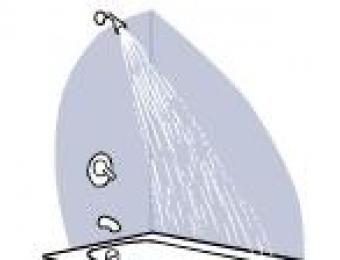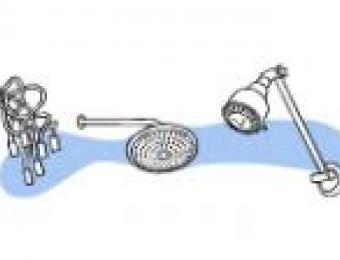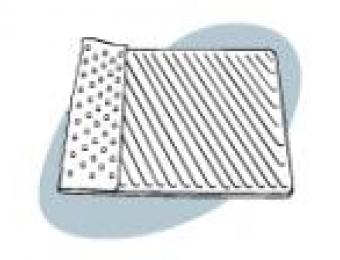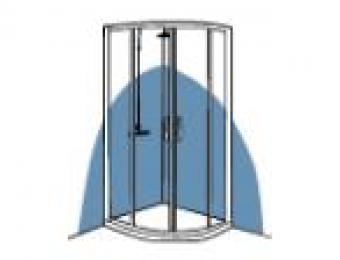People have very different conceptions of what shower setups look like. Unlike baths, there is no real 'standard' type of shower stall that we can all relate to. Showers often reflect the different circumstances and styles that prevailed at the time the bathroom was built, but even then differ based on personal tastes and requirements. Some showers are over baths, others are standalone. Some are crammed into corners and others double as elaborate design features.
The greatest differentiator between different showers is the type of screen used to stop the water getting all over the bathroom. Screens can be framed, frameless, semi-frameless or in the case of a wet room, non-existent. All screens use safety glass as required by law, but the glass can be clear, tinted, frosted or even slumped.
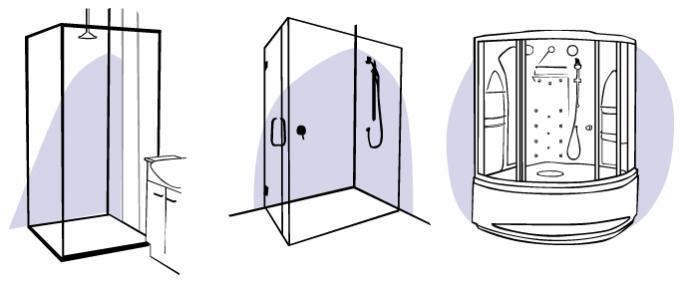
Framed shower screens
In framed screens, the glass is typically thinner and fully supported by a frame that surrounds it on all sides. The frame can be made of many materials, but is usually aluminium or aluminium alloy. It can be anodised to create a protective layer, or coated with waterproof surfaces like acrylic or powder coating. Framed screens are often the cheapest in the range and are very versatile in terms of their design.
Frameless and semi-frameless shower screens
Frameless screens use thick, solid glass which is heavy enough to stand alone without a frame. The glass panels are bolted together at the top and bottom and affixed to the shower stall and walls. A frameless screen is an attractive option, eliminating the need for the hard lines that a framed screen brings to your bathroom. Apart from being beautiful on their own, frameless screens also allow for creative tiling and surfacing to really come to the fore.
A third option is to use semi frameless screens, which incorporate a frame along the top and bottom of the screen, leaving the sides open. This option provides most of the aesthetic appeal of a frameless shower screen setup while also providing the stability of a framed screen.
Style variations
There are also different varieties of doors to suit all sizes of shower stalls and bathrooms. Not every bathroom will have the space for a wide swinging glass door, and this is a major consideration when choosing which screen to install. If a swinging door's not a practical option, you can also find sliding and folding doors which can save a huge amount of room. These types of doors require far less additional space to open and close.
Wet rooms
Wet rooms have no shower screens at all, and simply have a space in the bathroom that's dedicated to the shower. The entire bathroom is waterproofed as a shower stall in these types of areas, and they will usually feature a large drain in the middle of the floor for the water to run towards. Wet rooms can be very aesthetically pleasing, as the lack of screens, doors and frames creates the illusion of a much larger space in a smaller room.
Steam showers
Steam showers are another variety of shower which, as the name implies, uses steam rather than water. The steam is provided by a pre-installed steam generator, and the effect is much like being in a steam room or sauna. These types of showers generate much more steam than a regular shower and need to be tightly sealed in to stop the steam getting out and damaging walls and paintwork. Steam showers are typically sold as a complete, purpose-built unit.

